1/8

Welcome to PmiREN2.0
PmiREN (Plant miRNA ENcyclopedia) is a comprehensive functional plant miRNA database. In version 2.0, it contains 38,186 miRNA loci (MIR) belonging to 7,838 families, 1,668 syntenic blocks and 141,327 predicted miRNA-target pairs in 179 species phylogenetically ranging from chlorophytes to angiosperms. In addition, 2,331 deeply sequenced small RNA libraries were used in quantification of miRNA expression patterns, and 116 PARE-Seq libraries were employed to validate predicted miRNA-target pairs. Compared to version 1.0, PmiREN2.0 not only retains its full functions, but also adds 11 new tools for in-depth data mining and experimental practice, promoting the transition from data collection to fully functional knowledgebase. Furthermore, PmiREN forum was established for sharing resources and new discoveries, research communication and announcement release. We believe the PmiREN2.0 will consistently provide novel insights into miRNA research.

Solanum lycopersicum
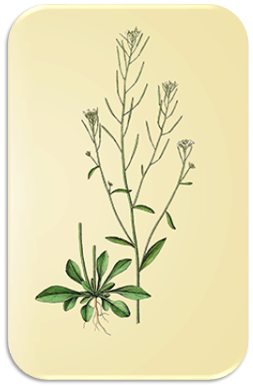
Arabidopsis thaliana
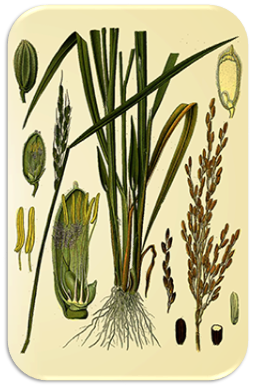
Oryza sativa
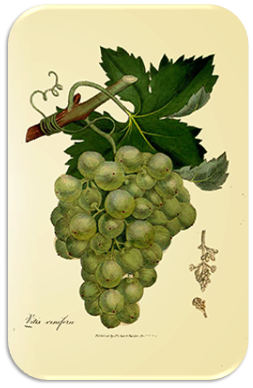
Vitis vinifera
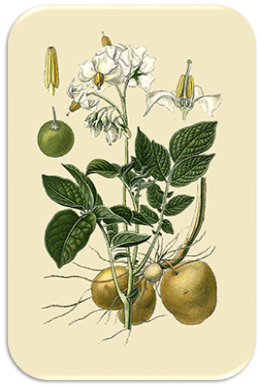
Solanum tuberosum
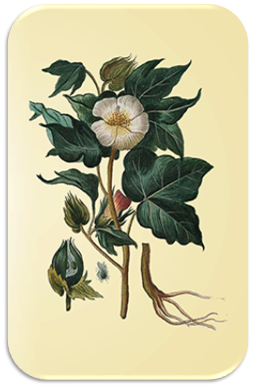
Gossypium hirsutum
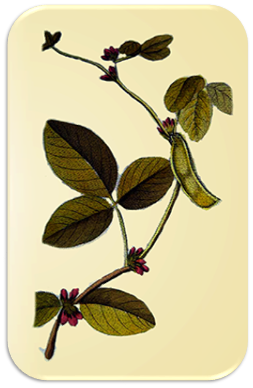
Glycine max
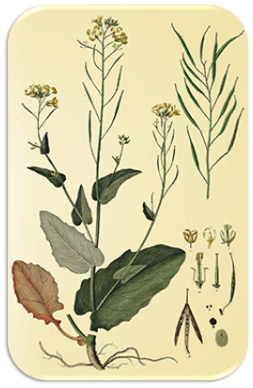
Brassica rapa

Zostera marina
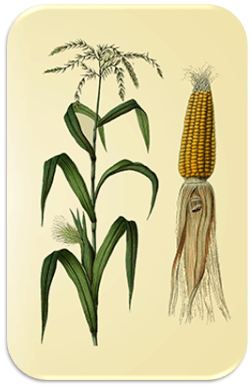
Zea mays
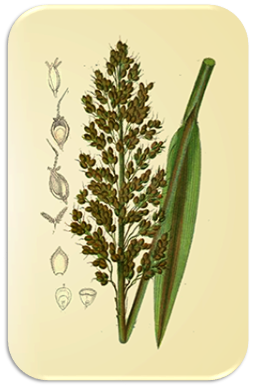
Sorghum bicolor
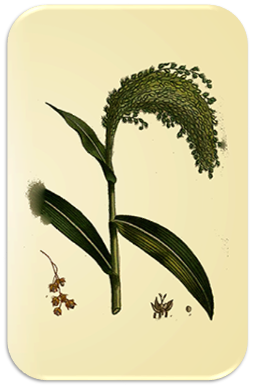
Setaria italica
>2021-07-29 Comprehensive annotation and functional exploration of microRNAs in lettuce
>2021-05-15 PmiREN version 2.0 released
>2021-04-01 PmiREN upgrade during April 1st to May 1st
>2020-10-20 PmiREN achieved a 100k-pageviews milestone
>2020-05-15 Expression profile of mature and star miRNAs updated
>2020-04-16 PmiREN was reported in Trends in Genetics
>2019-09-29 Website maintenance
>2019-03-01 Prototype of PmiRDB developed and PmiRDB changed with a new name PmiREN
If you use PmiREN in your scientific research, please cite us: